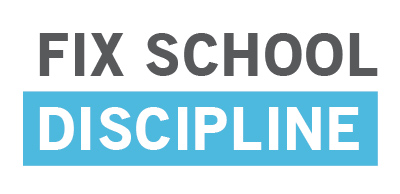We’re 1 Vote Away and the Clock Is Ticking
Parents, students and educators trekked to Sacramento from Los Angeles, Oakland, Vallejo, and all over California to tell legislators why bills to change school discipline rules are so critical. And in a marathon day and night of telling their stories to legislators they helped win the passage of 4 bills in key committee votes. Click here to read the voices from Sacramento.
Five bills have already passed out of committee (SB 1088, SB 1235, AB 1909, AB 2145, and AB 2616).
But another 2 bills came up 1 vote short — with just a few more days for legislators to consider them.
We’re 1 vote away, with just days left to change legislators’ minds
AB 2242 to address extended suspensions and expulsions of students under the subjective category of “willful defiance”
AB 1729 to strengthen research-based alternatives to suspension
The bills will be heard on reconsideration next Tuesday afternoon, July 3.
Make 2 Calls to Save 3 Bills by July 3!
Sen. Joe Simitian: (916) 651-4011
Sen. Loni Hancock: (916) 651-4009
Tell them how important AB 1729 and AB 2242 are to keep out students in school and on track to graduation and that we need reasonable limits on suspension and expulsion to ensure that students are in school, learning, and getting what they need to graduate. Ask for their YES vote on Tuesday, July 3rd. Let them know that:
- There are more than 24 ways in the Education Code to expel and suspend a student and that 42% of the 757,000 suspensions in 2010-11 were for just one of these violations — willful defiance, which as one Vice Principal in LA has stated is the “big umbrella” – anything and everything falls into it; some 12% of expulsions were for this offense alone.
- Two decades of research is clear that this approach doesn’t work for children or for schools: Students who are suspended or expelled even once are 5 times more likely to droupout and 6 times more likely to repeat a grade; they are also 3 times more likely to have contact with the juvenile justice system in the following year than similar students who were not suspended or expelled. Students of color are disproportionately suspended under these subjective categories. Schools with high suspension and expulsion rates are more chaotic and less stable and have lower academic achievement rates.

